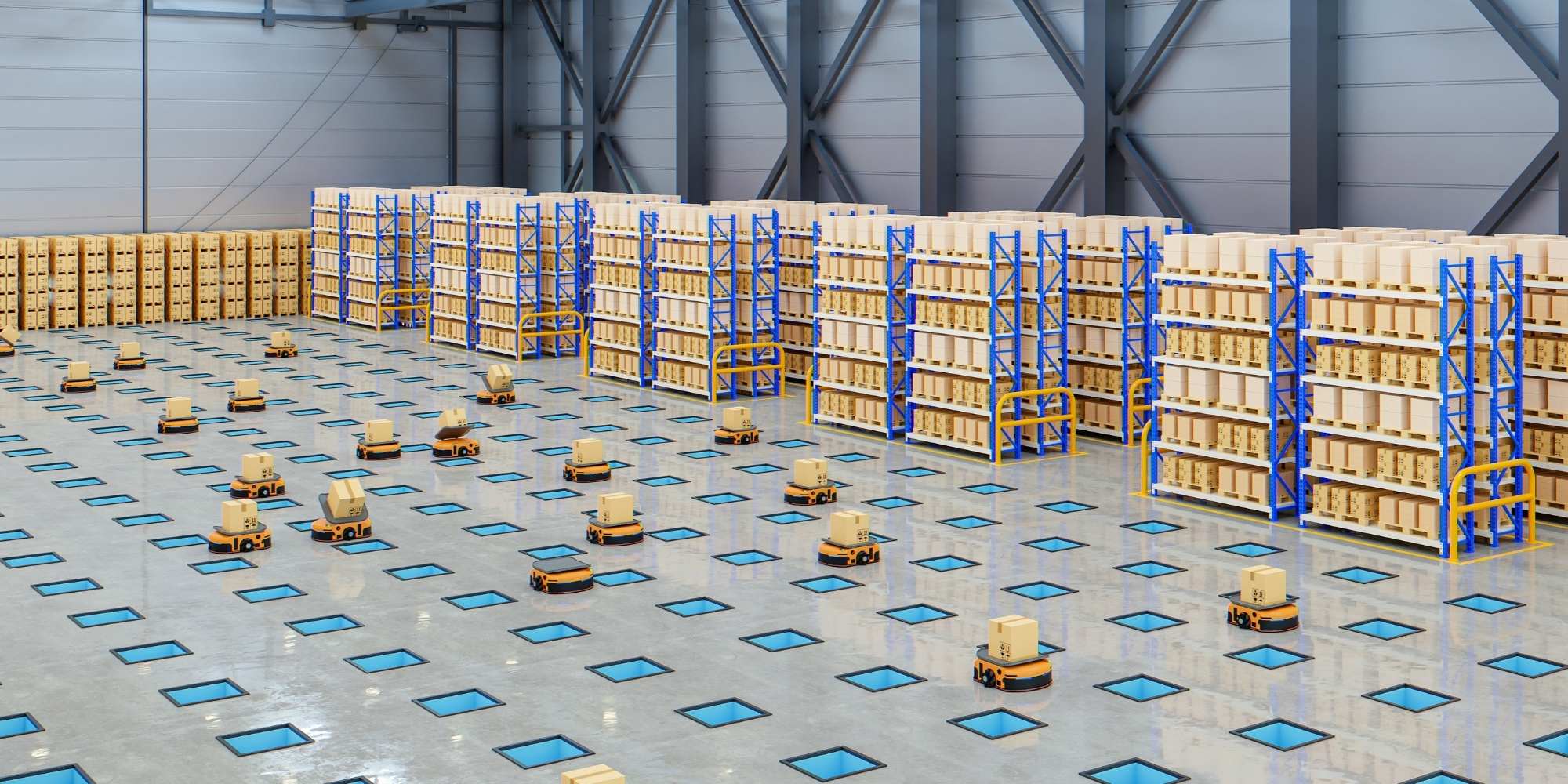
Figuring out how to get your products from your garage (or manufacturer) into Amazon’s massive fulfillment machine isn’t exactly intuitive. That’s where 3PLs come in.
If you’re an ecommerce seller, especially one trying to juggle multiple sales channels, a third-party logistics provider (3PL) can feel like your behind-the-scenes operations team. They don’t just pack boxes and slap on shipping labels, they act as the bridge between your online storefront and Amazon’s fulfillment centers.
How do 3PLs take orders for Amazon FBA from clients?
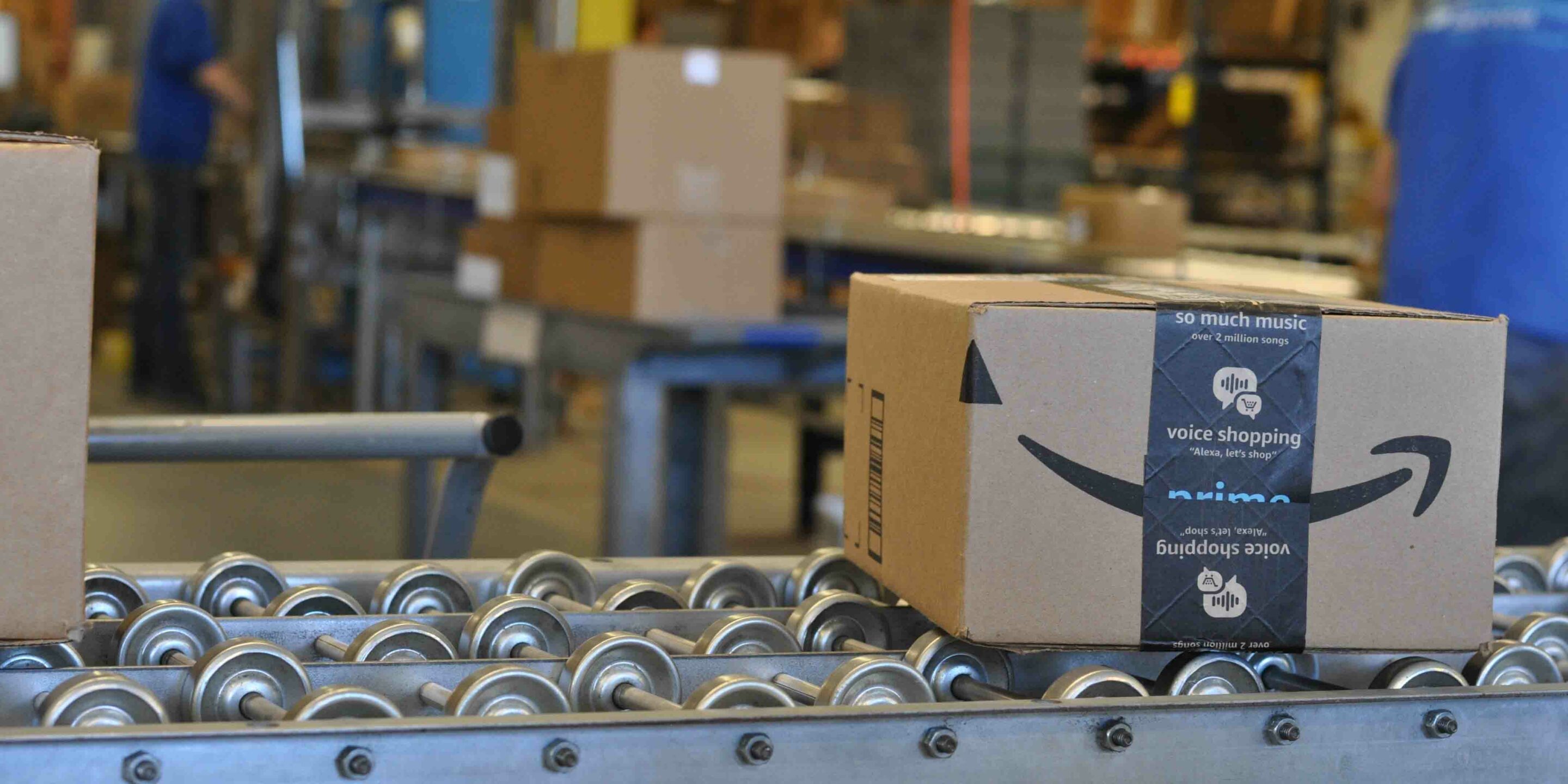
It starts with an integration. The Top 3PLs for Amazon sellers will connect directly to your Amazon Seller Central account. That means every time you create an FBA shipment plan—or even when your inventory needs replenishing—the 3PL is automatically looped in. No spreadsheets, no email back-and-forth, no missed shipments because someone forgot to check their inbox.
Let’s say you’re working with a company like eFulfillment Service. You send them your inventory (either directly or via your supplier), and their system starts tracking it from the moment it lands at their dock. When Amazon gives the green light for restocking, the 3PL picks, labels, and packs the items according to Amazon’s rules (and they have a lot of rules).
Then, they schedule the freight to the correct fulfillment center using Amazon’s own discounted shipping options—like the Partnered Carrier Program. From there, it’s smooth sailing: Amazon checks the boxes in, and your listings are back in stock without you ever touching a box cutter.
Syncing Up: How Orders Flow Between You and Your 3PL
Let’s face it—managing fulfillment manually is a headache. Spreadsheets, email chains, late-night panic… nobody’s got time for that.
That’s why most modern 3PLs don’t just store your products—they plug directly into your ecommerce systems, including Amazon Seller Central. This connection is what makes the whole FBA order process feel seamless. No back-and-forth. No guesswork.
So how does it actually work?
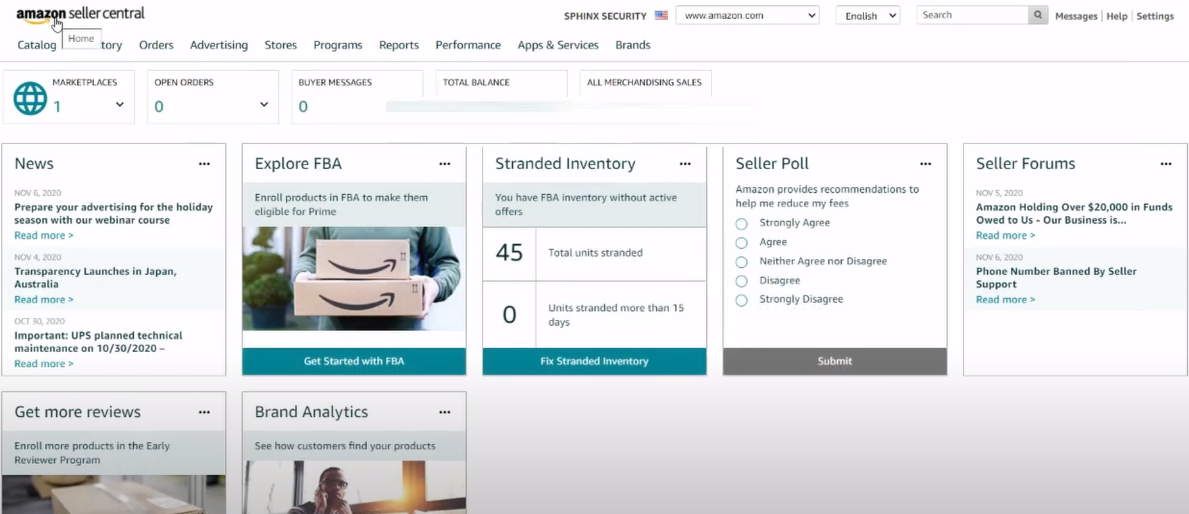
Step 1: System Integration
The first thing a solid 3PL will do is connect their warehouse management system (WMS) to your Amazon Seller Central account (and often to other platforms like Shopify or WooCommerce). This connection means:
- Orders and shipment requests from Amazon are pulled into their system automatically
- No manual data entry—no one has to email or upload anything by hand
- Inventory levels stay synced in real time
As one Amazon FBA Prep guide puts it, “seamless integration with your Amazon Seller Central account” is essential for smooth order management.
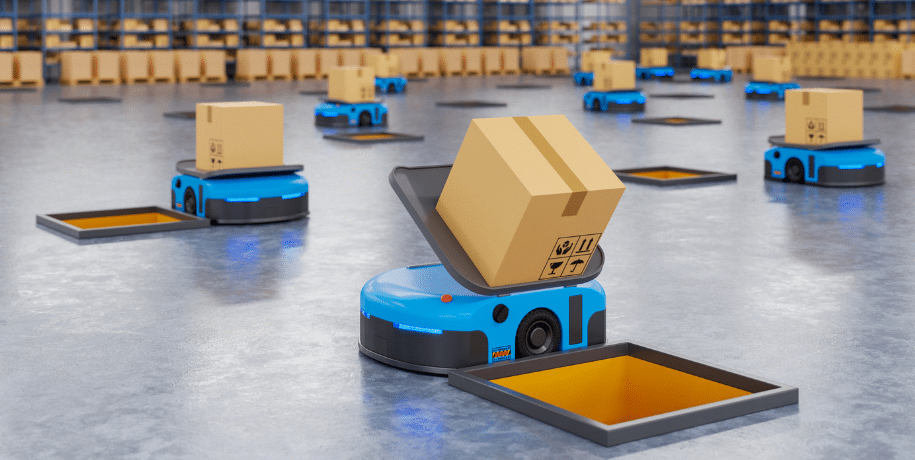
Step 2: Automated Order Flow
Once that integration is live, here’s what happens when it’s time to send inventory to Amazon:
- You (or your system) create an FBA shipment plan
- Amazon flags the shipment details—what to send, how many, and where
- That data flows straight into your 3PL’s WMS
- The warehouse staff gets alerted and begins prepping the order
Some 3PLs even integrate through ecommerce APIs. In one case study from eFulfillment Service, a client’s ecommerce platform “notified [the 3PL’s] server of which products to ship where,” making the process nearly hands-off.

The Hands-Off Bonus
With this setup, your role as the seller becomes a lot easier:
- You don’t have to manually send over packing lists
- You don’t have to track inventory on your own
- You don’t even have to nudge your 3PL—it already knows what to do
And thanks to syncing tools, every step—picking, packing, shipping—happens faster and with fewer errors. Orders are often “automatically entered into the system and … processed as quickly as possible (usually within 1–2 days)”, according to some 3PLs.
From Shelf to Shipment: What Happens Inside the 3PL Warehouse
Once your order hits the 3PL’s system, things move fast. This is the part where the digital handoff becomes real-world action. People on forklifts. Barcode scanners. Taped-up boxes. The whole deal.
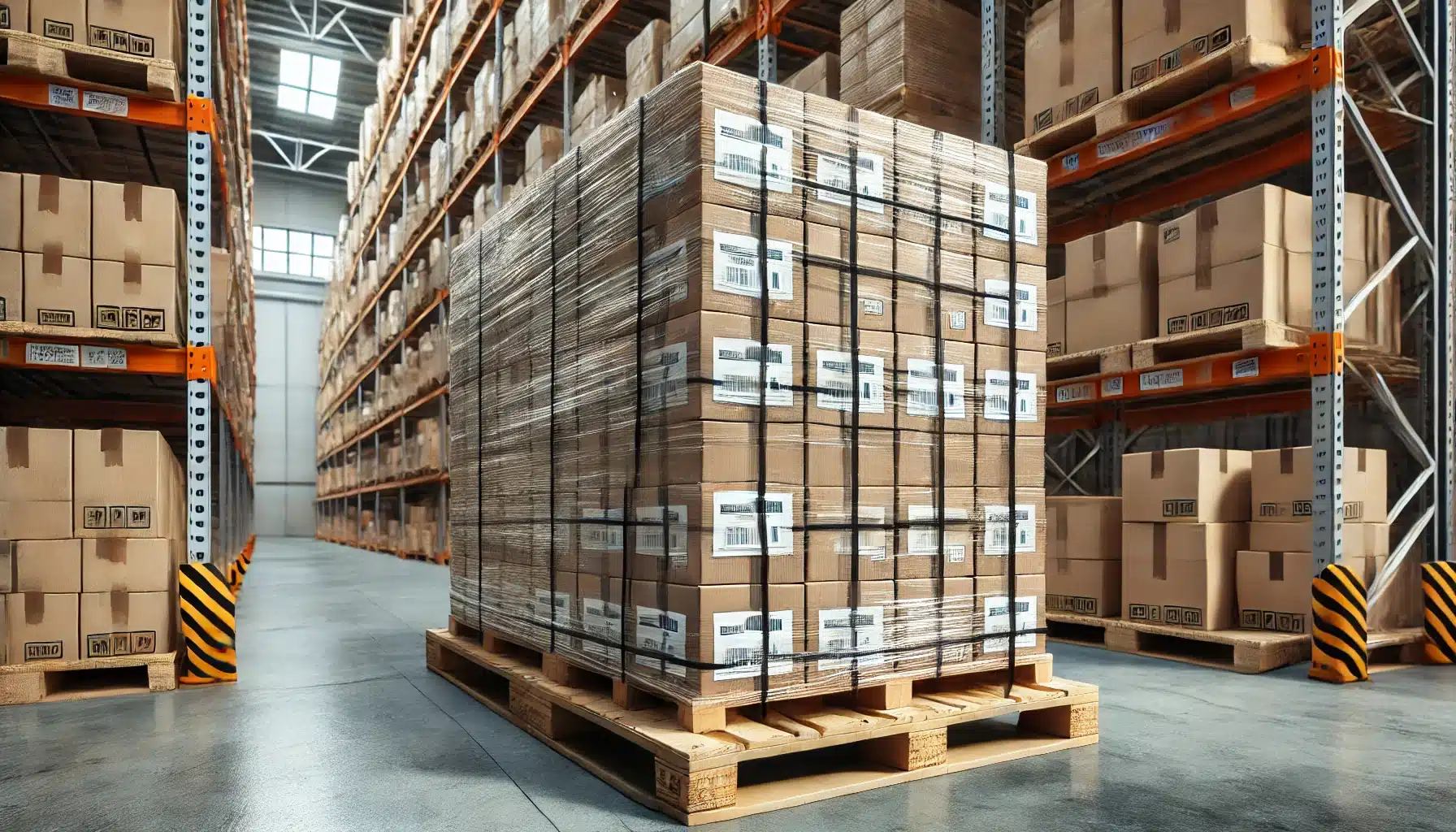
Here’s a simple breakdown of what goes on behind the warehouse doors:
1. Receiving & Storing Inventory
Everything starts when your inventory arrives—either directly from you or your supplier. The 3PL team:
- Checks the products for quality issues
- Sorts and organizes each SKU
- Stores everything safely (often using barcode systems for real-time tracking)
As industry guides explain, “the process begins with the 3PL receiving inventory either from a supplier or directly from the client,” and that’s when things get cataloged and ready for action.
2. Creating the FBA Shipment Plan
Before anything ships, a plan has to be made. That plan tells Amazon which products you’re sending and where they’re headed. You can create the plan in Amazon Seller Central yourself—or have the 3PL do it for you.
Either way, it includes:
- Specific SKUs and quantities
- Assigned Amazon fulfillment centers
- FBA Labeling requirements (which we’ll get to next)
The goal here? Avoid sending stuff Amazon didn’t ask for. That never ends well.
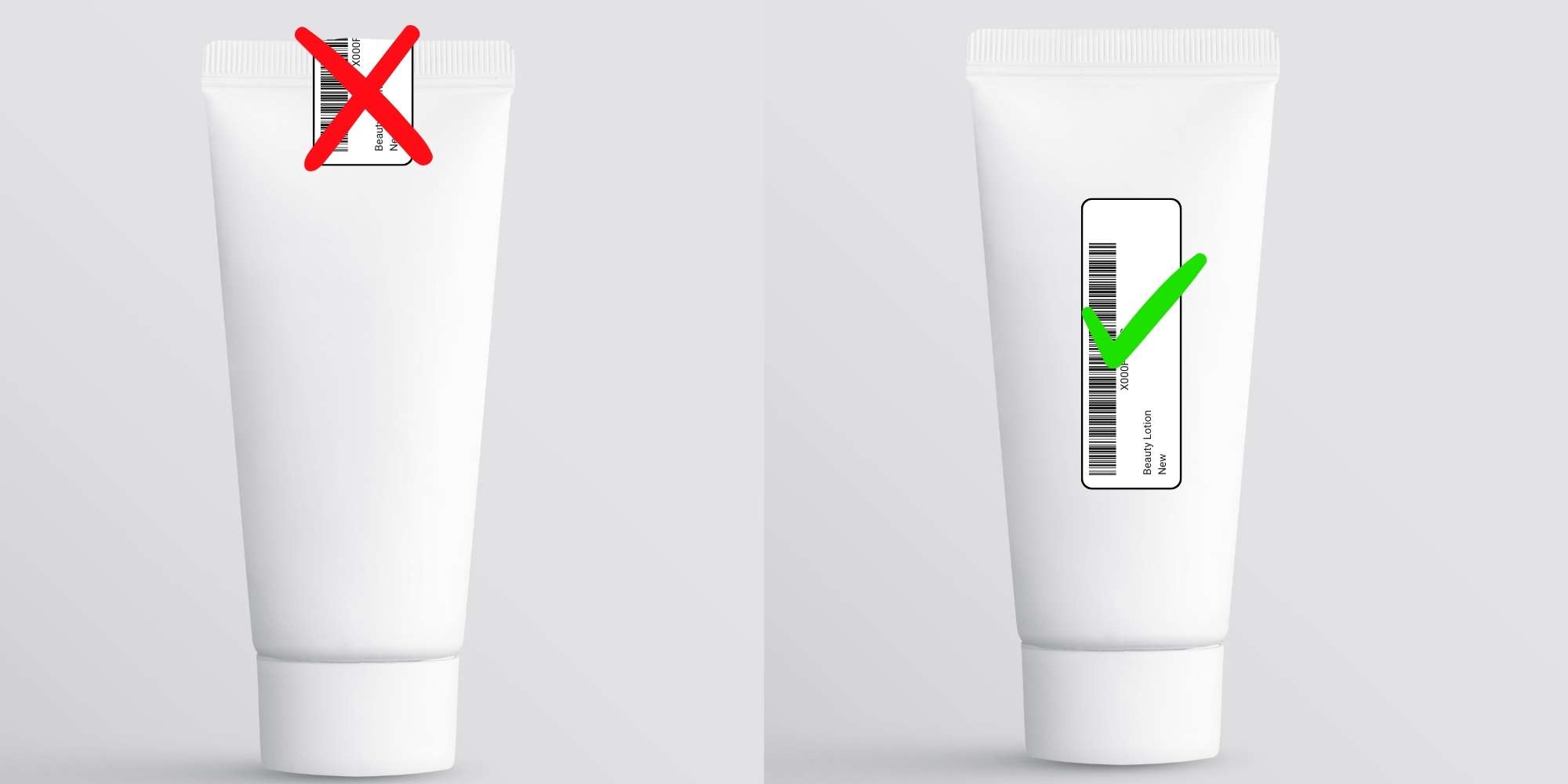
3. Picking, Packing & Labeling
Once the plan is locked in, the warehouse team gets to work. This step is all about precision:
- Workers use pick lists and barcode scanners to grab the correct items
- They securely pack the goods into boxes that meet Amazon’s standards
- Then, they label everything—from individual units (FNSKU stickers) to outer cartons
“the 3PL receives and organizes each SKU in its warehouse… a worker at the 3PL picks the ordered items and packs them in boxes for shipment.”
Amazon’s rules are strict. Labels have to be in the right place, bags have to be sealed properly, and everything needs to be Amazon-compliant down to the last polybag. That’s why many sellers rely on 3PLs that specialize in FBA prep.
eFulfillment Service, for example, routinely handles:
- FNSKU labeling
- Polybagging and suffocation warnings
- Bundling and quality checks
- Carton and pallet compliance
If any of that’s skipped or done wrong, Amazon might reject the shipment—or worse, charge you fees. So yeah, it’s worth getting it right.
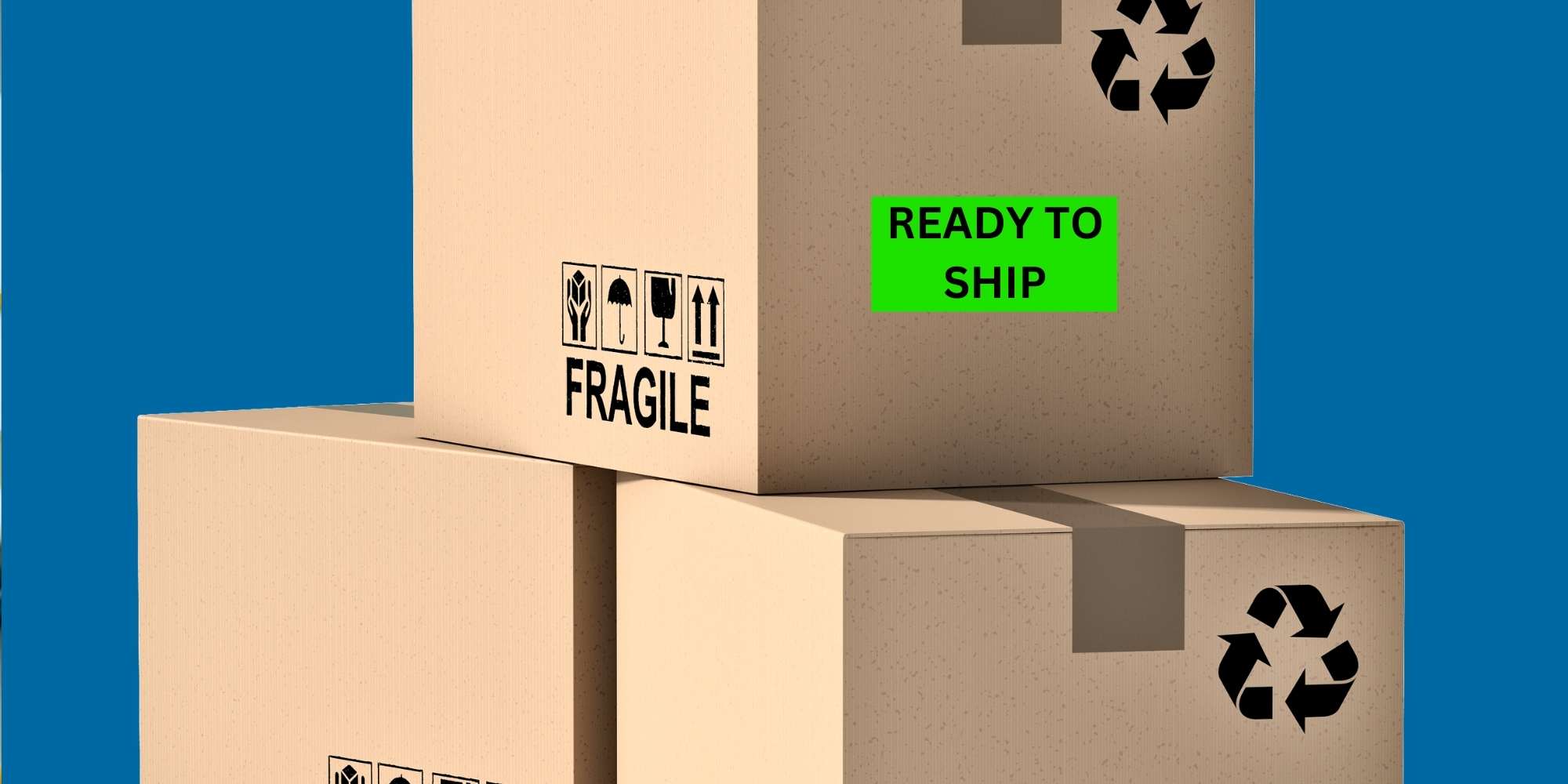
Getting It Out the Door: Shipping to Amazon FBA
Now that the boxes are packed, labeled, and stacked—what next? Time to get them out the door and on the road to Amazon.
But not just any road. Amazon has rules about how shipments are packed, labeled, scheduled, and even what kind of trucks show up to the fulfillment center. So your 3PL steps in to make sure everything’s buttoned up.
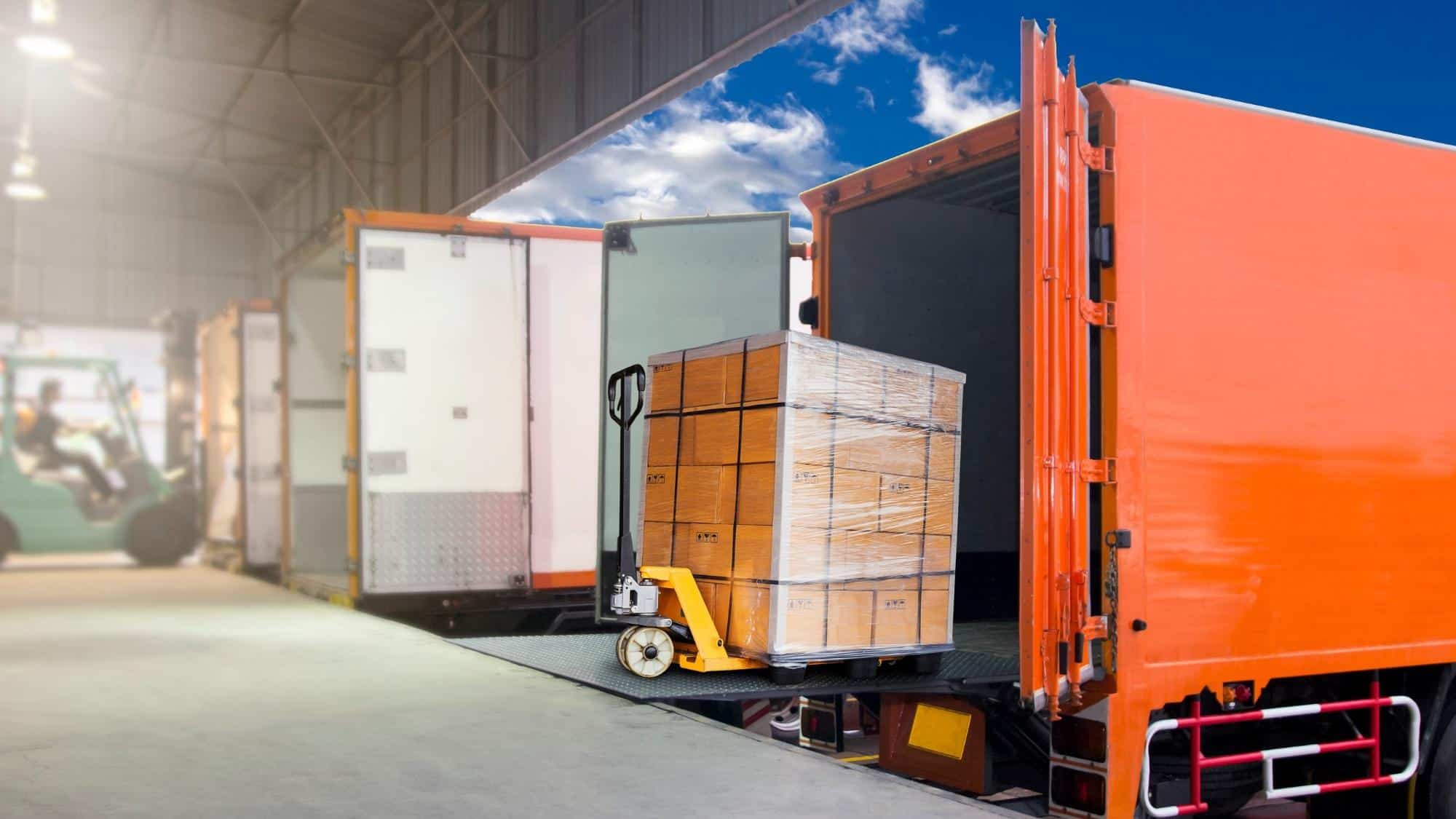
Coordinating Freight Like a Pro
Most 3PLs will schedule freight pickups for you. This means:
- Booking Less Than Truckload (LTL) or Full Truckload (FTL) shipments, depending on volume
- Choosing the best carrier (often using Amazon’s own Partnered Carrier Program to score discounted rates)
- Making sure the shipment window and location match what Amazon expects
As one guide puts it, “the 3PL schedules pick-ups with carriers and ensures that your products reach the Amazon FBA warehouse timely and intact.” That last part—intact—is not just a nice-to-have. It’s the difference between a smooth check-in and a customer service nightmare.
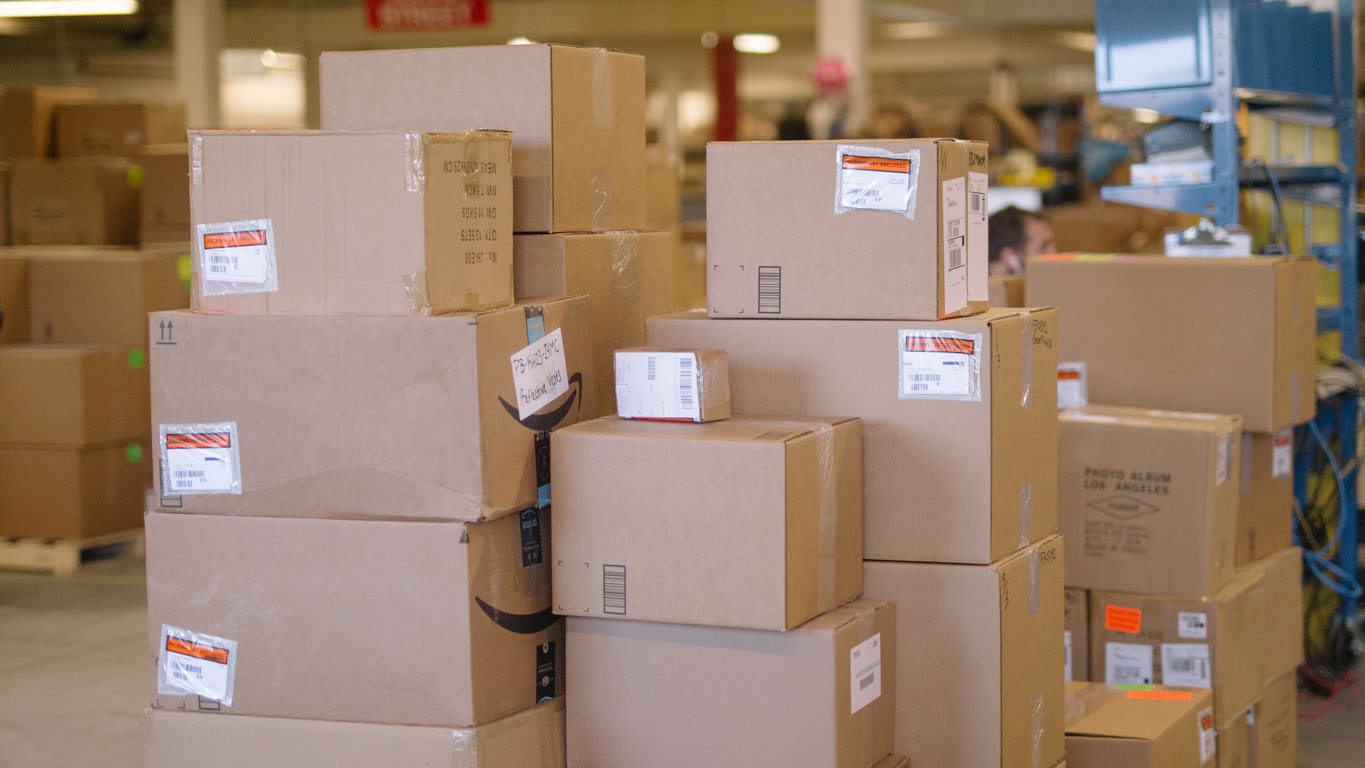
Paperwork, Labels, and Pallet Perfection
It’s not just about getting a truck. The 3PL also:
- Prints and attaches box labels and pallet labels based on the shipment plan
- Prepares a Bill of Lading (BOL) and any required shipment documentation
- Shrink-wraps and stacks pallets to Amazon’s exact specs—no leaning towers allowed
Shipments that don’t meet Amazon’s packaging or routing guidelines might be refused or delayed. That’s why experienced FBA 3PLs obsess over the details. One broken rule can mean missed restock windows—and unhappy customers.
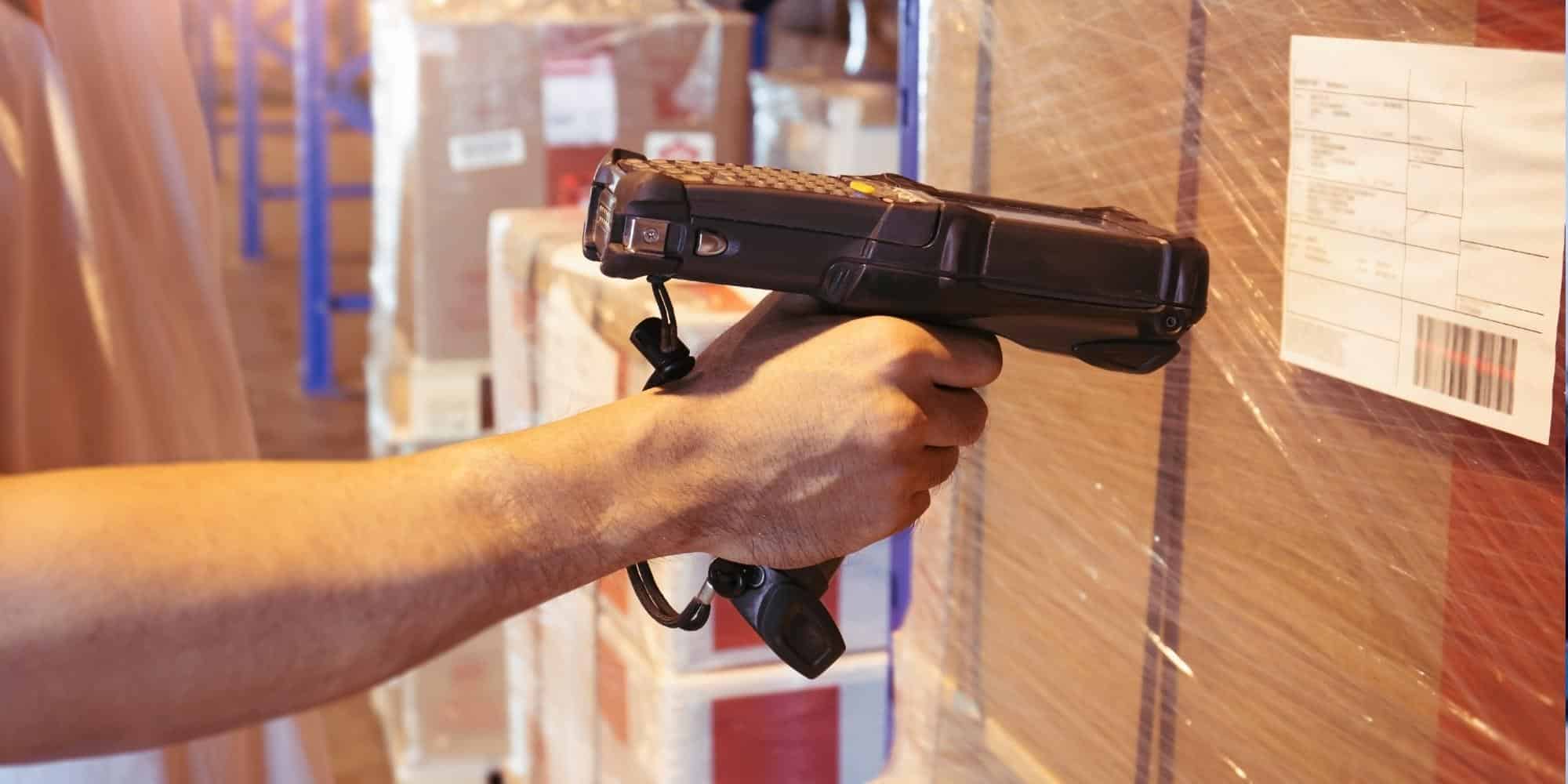
Closing the Loop with Tracking
After the truck pulls away, the 3PL isn’t done. They also:
- Upload tracking info into your Amazon Seller Central account (if needed)
- Mark the inventory as “in transit” in their own system
- Give you a heads-up when Amazon receives the goods and your stock is live
The goal? You know what’s happening every step of the way—without having to micromanage.
And just like that, your inventory’s en route to Amazon. You didn’t have to label a single item or call a freight company. Your 3PL handled it—because that’s what they do.
Managing Amazon FBA doesn’t have to be a hassle.
Partnering with a 3PL like eFulfillment Service means you can focus on growing your business while we handle the details. Request a Free Quote Today!
Summary & Key Takeaways:
Here’s what it boils down to: a 3PL is like an extension of your team—quietly working in the background to keep your Amazon inventory moving without missing a beat.
They take your inventory, store it securely, prep it to Amazon’s exacting standards, and get it shipped out on time. All while syncing up with your systems so everything just… works. No scrambling. No guesswork.
To recap, here’s how the process flows:
- Receive & Store Inventory: Your 3PL checks, organizes, and stores your goods
- Create FBA Shipment Plan: You or your 3PL map out what’s being sent and where it’s going
- Pick, Pack, and Label: Items are pulled from storage, prepped, and labeled to Amazon’s specs
- Ship to Amazon: Freight is arranged, pallets are wrapped, and tracking is uploaded
Throughout this whole process, tech and communication are key. Top-tier providers like eFulfillment Service use warehouse management systems that “integrate with more than 40 popular shopping carts and online marketplaces,” making it easy to manage inventory across multiple sales channels—not just Amazon.
And the best part? You get to focus on building your brand, launching new products, or finally fixing that email welcome series you’ve been putting off. Meanwhile, your fulfillment just runs.
Because at the end of the day, when you’ve got a 3PL that knows Amazon FBA inside and out, you’re not just outsourcing logistics—you’re buying back time, peace of mind, and fewer headaches.
Ready to talk Amazon FBA solutions? The team at eFulfillment Service is happy to help answer questions and set you up for fulfillment success. Here’s to fewer headaches and more growth ahead!

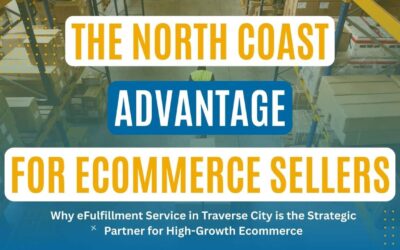


0 Comments